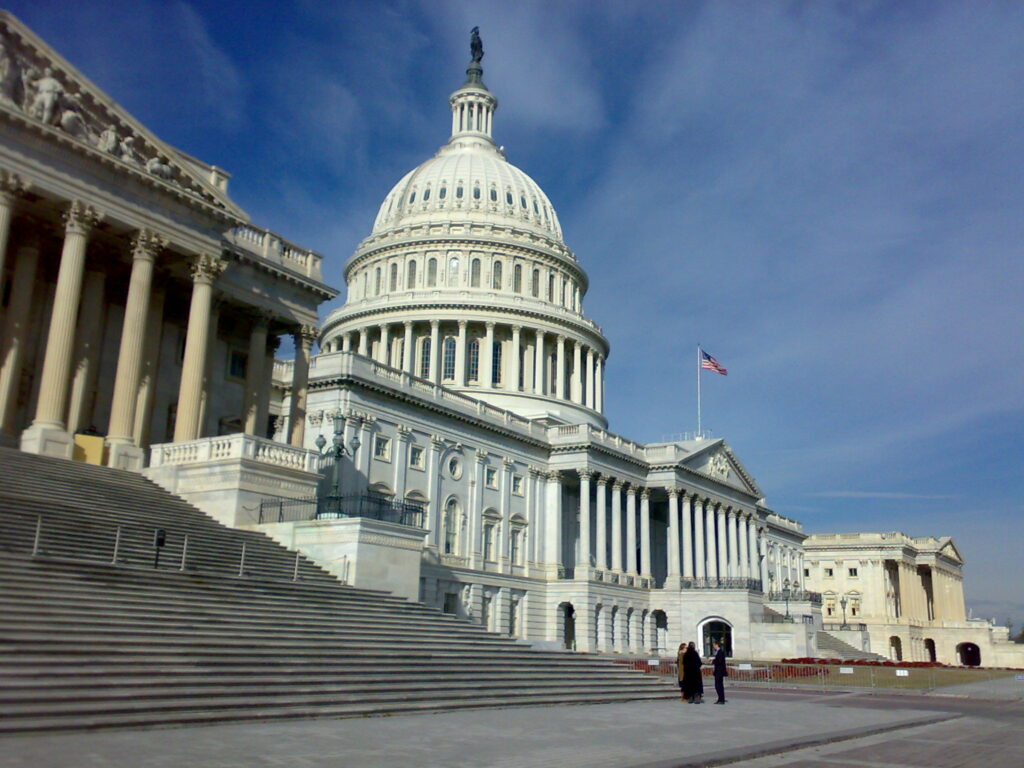
When high-ranking politicians post social media messages, they’re often sending subtle (or less subtle) cues to influence public attitudes. This type of attitude has become pervasive across US politics and beyond, and has led to polarization and tribalism in modern politics.
In times of crisis, as is the case now, this polarization can be especially problematic because it can hinder an effective response to the issue. We see it clearly with face masks: there is nothing inherently political about wearing a face covering to prevent disease transmission. Yet somehow, it has become a massively polarized and politicized problem, which makes many people not wear face masks because of their political beliefs — making countering the outbreak more difficult.
The political lens through which people see the pandemic has become so clear that often, you feel like you can tell a person’s political leaning just by the way they discuss the pandemic. It seems crazy — this horrendous disease that affects all of us should not be a political issue, and yet it is.
A group of researchers has proven just that: there are clear patterns when it comes to how members of Congress tweet, and the political divide is telling.
Democrats tweeted about health and workers, Republicans tweeted about China and businesses
Using Artificial Intelligence (AI) and supercomputers from the Ohio Supercomputer Center, a group of Ohio researchers analyzed trends in 30,887 tweets related to COVID-19, sent by members of Congress from January 17 to March 31.
The algorithm they created could correctly identify the political party in 76% of the cases, based on these trends.
“We found that once the parties started to figure out the political implications of the issue, polarization was evident in the tweets pretty quickly,” said Jon Green, co-author of the study and doctoral student in political science at The Ohio State University.
The first difference was that Democrats tweeted more pandemic than Republicans, which is already an interesting trend, suggesting that Democrats paid more attention to the pandemic. But there were also interesting differences in what was tweeted.
For example, the word “health” was used in 26 percent of Democratic tweets, but only 15 percent of Republican tweets. Democrats were also more focused on health, using words such as ‘testing’, ‘care’, ‘public’, and ‘need’. Meanwhile, Republicans were more likely to use words like ‘China’, ‘business’, and ‘relief’. Democrats also tended to refer to Trump by his name, whereas Republicans quoted his twitter handle.

The differences were not huge in terms of percentages — if you look at the charts closely, most of the difference is in the range of 5%, and perhaps the chart on the right side is not the best way to illustrate this difference. However, these differences are enough to identify signs of polarization.
A missed opportunity
By March, the algorithm could identify the political party in 76% of cases, indicating that most members of Congress had already become polarized.
Pandemic polarization was not always on the table, however. In the first full week after the first mention of COVID-19, the algorithm had a relatively low accuracy when determining whether a Democrat or a Republican wrote a particular tweet — because there was not that much difference in how the tweets were written. In other words, Congress missed an opportunity to develop a consensus that would have helped the US develop a unitary, coherent response to the pandemic.
“Polarization in elite discussion of the COVID-19 pandemic peaked in mid-February – weeks after the first confirmed case in the United States – and continued into March. These divergent cues correspond with a partisan divide in the public’s early reaction to the crisis,” the study reads.
It’s hard to say just what the pandemic situation would have looked like in the US had Congress taken a unitary path, but it could have made a difference, the researchers conclude. At the very least this is a reminder of how pervasive and impactful political polarization can be.
“Something on the scale of COVID-19 requires a large-scale government response. The government can respond much better when it is united in its mission,” Green notes.
The study has been published in Science Advances.



